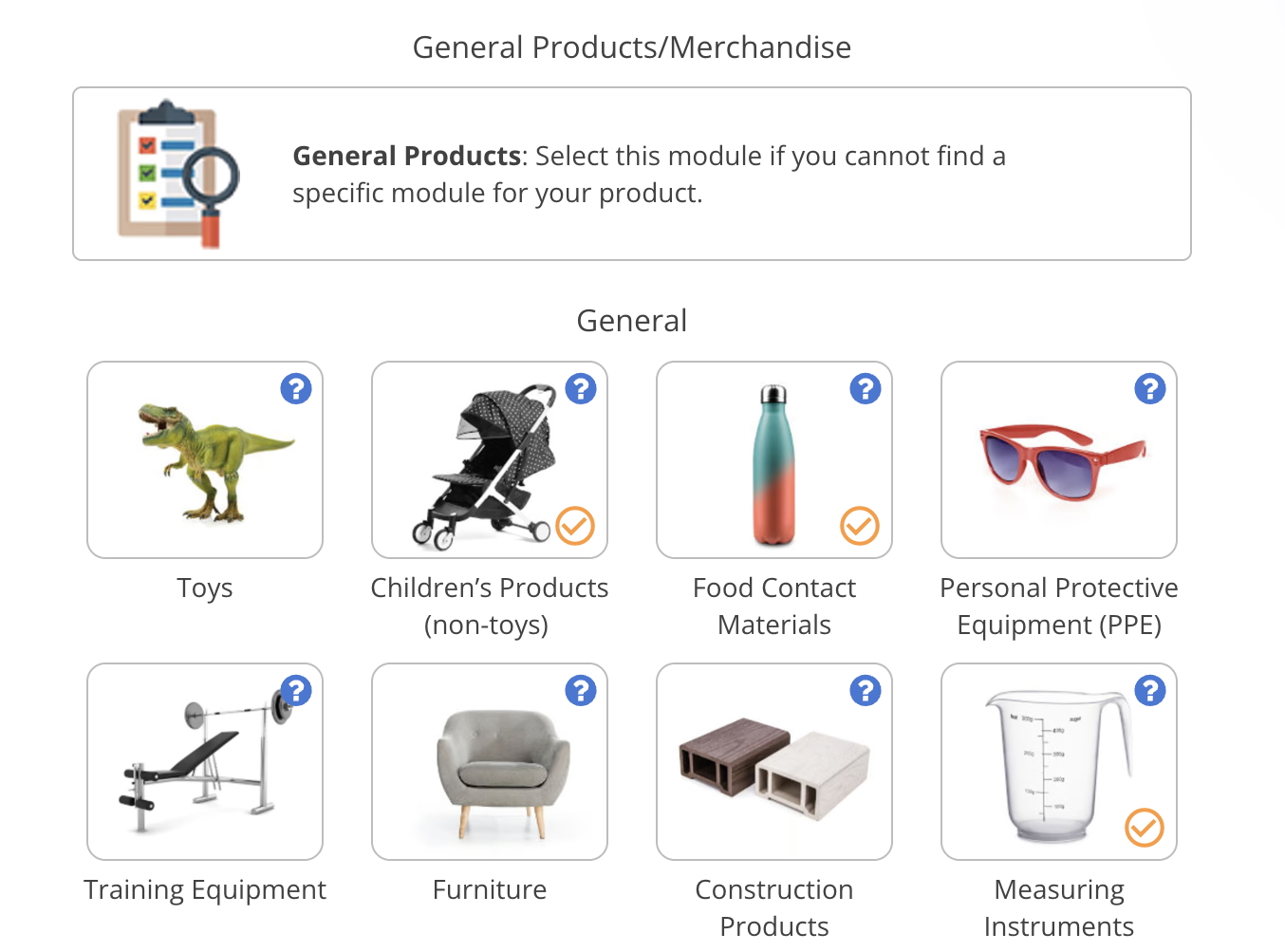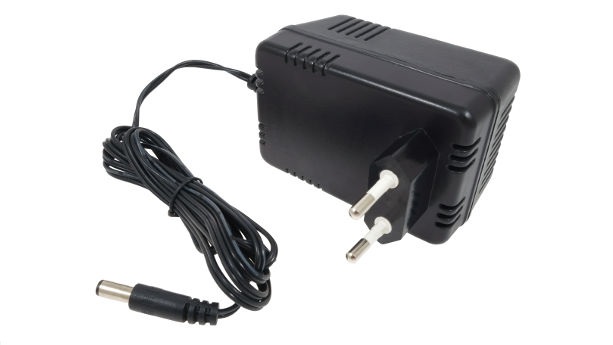
AC adapters, power supplies, and chargers are used to power all sorts of electronics. AC adapters are also potential electrical and fire hazards, which is why these are subject to various regulations and standards in the United States. This includes 47 CFR Part 15, 10 CFR Part 430, and several UL standards – the latter of which are generally voluntary.
This guide serves as an introduction to compliance requirements for AC adapters, and power supplies and chargers in general. You also find examples of relevant standards.
Content Overview

FREE CONSULTATION CALL (30 MIN)
 Ask questions about compliance requirements
Ask questions about compliance requirements Countries/markets:
Countries/markets:
 Learn how we can help your business
Learn how we can help your business
You will speak with:Ivan Malloci or John Vinod Khiatani
UL 62368-1 – Audio/video, information and communication technology equipment – Part 1: Safety requirements
UL 62368-1 applies to many consumer electronic and electrical audio, communication, information, and video equipment, as well as components and subassemblies meant for incorporation into those products.
This standard also applies to external power supply units intended to power the covered electronic products.
It specifies safeguards for laypersons, instructed persons, and skilled persons. It also sets additional requirements for products intended for children.
UL 1310 – Class 2 Power Units
UL 1310 covers Class 2 battery chargers and power supplies intended for both indoor and outdoor use. The requirements in the standard apply to cord-connected and direct plug-in products with a maximum input power of 660W.
According to the standard’s page, covered products are intended to provide power to low-voltage electronic devices. Specifically, the maximum output voltage should not be more than 42.4V AC and 60V DC.
UL 1012 – Power Units Other Than Class 2
UL 1012 covers general-purpose power supplies (fixed, portable, and stationary) that power products including some kinds of household appliances and battery charger-power supply combinations. It generally applies to power supply products that are not Class 2.
Covered power supplies include products:
a. Having a maximum input rating of 600 V
b. Having AC and DC with a minimum of one output that is not marked Class 2
UL 817 – Cord Sets and Power-Supply Cords
UL 817 applies to cord sets and power supply cords with fittings that are either assembled-on or molded-on. The standard also covers attachment plugs, cord connectors, and cord restraint devices. It covers products having a maximum rated voltage of 600 V.
10 CFR Part 430 – Energy conservation standards for external power supplies
10 CFR Part 430 sets energy conservation standards and test procedures for consumer products. It also applies to power supplies.
Covered products
10 CFR Part 430 covers, among other products, external power supplies, defined as circuits used to convert home electric currents into DC or AC (at lower voltages) to operate consumer products.
Requirements
External power supplies should comply with the requirements regarding:
- Output power
- Minimum average efficiency in active mode
- Maximum power in no-load mode
Per 10 CFR 430.32(w)(4), external power supplies must bear an obvious and permanent marking that complies with the International Efficiency Marking Protocol for External Power Supplies.
10 CFR Part 429 – Certification
10 CFR Part 429 sets certification requirements for products covered by 10 CFR Part 430, which includes external power supplies. These requirements include:
a. Certification report, which must include items such as:
- Product or equipment type and class
- Manufacturer’s name and address
- Private labeler’s name and address (if applicable)
- Brand name
- Model number
b. Compliance statement
c. Annual submission
d. Testing
47 CFR Part 15 – Radio Frequency Devices
47 CFR Part 15 sets requirements for radio frequency devices, which include power supplies.
Covered products
47 CFR Part 15 covers both unintentional and intentional radiators. Power supplies are listed under “Subpart B — Unintentional Radiators”.
Note that, generally speaking, unintentional radiators are devices that do not contain wi-fi, Bluetooth, and similar functionalities.
Requirements
Importers and manufacturers of unintentional radiators must undergo the Supplier’s Declaration of Conformity (SDoC) Authorization Procedure, which includes the following requirements:
a. Testing according to relevant technical requirements
b. Draft an SDoC Compliance Information Statement
c. Attach the required labeling information to the product, such as:
- Product identification
- Compliance statement
- FCC logo (voluntary)
Country of Origin Marking
The country of origin marking indicates the country where a product was manufactured.
19 CFR Part 134 requires consumer products, which include electronics such as power supply products, to bear the country of origin marking. Here are a few examples of country of origin marking:
- Made in China
- Made in Vietnam
- Made in Mexico
RoHS
Various states in the United States have adopted similar substance restrictions to the EU’s RoHS Directive. Examples include New Jersey’s “Electronic Waste Management Act” and Illinois’ “Electronic Products Recycling and Reuse Act”.
While some of these state laws only cover specific electronics products (e.g., video display devices), others have a broader scope, which may include power supplies.
Substance restrictions may also vary among states. For instance, California’s RoHS Law prohibits the sale of covered electronics that contain lead, mercury, chromium IV, and cadmium above the maximum concentration values. Other states also restrict PBDE and PBB.
California Proposition 65
California Proposition 65 restricts the use of substances such as heavy metals and phthalates in consumer products sold in California. These substances should not exceed safe harbor levels, that being No Significant Risk Levels (NSRLs) and Maximum Allowable Dose Levels (MADLs).
We list a few substances that might be found in power supplies, as well as examples of their safe harbor levels:
- Diisononyl Phthalate (DINP) – NRSL 146 µg/day
- Di-isodecyl Phthalate (DIDP) – MADL 2200 µg/day
- Di(2-ethylhexyl)phthalate (DEHP) – NRSL 310 µg/day (adult)
Lab Testing
Lab testing is required to ensure that your AC adapters comply with relevant requirements and that it is safe for the end-user. Here we list some examples of testing for different regulations:
a. 47 CFR Part 15 – Emission testing is necessary to confirm that the device does not cause harmful interference.
b. 19 CFR Part 430 – Energy conservation testing is necessary to confirm that the product complies with the set efficiency requirements.
c. RoHS – Chemical testing is necessary to ensure that the product doesn’t contain restricted substances above the set restrictions.
Once your AC adapter passes the test, the lab provides you with a test report proving compliance with the requirements against which the product was tested.
UL standards testing
As mentioned, UL standards are generally voluntary, and so is testing according to such standards. That said, UL standards still provide a pathway to ensuring that the AC adapter or power supply is safe for the end user. Keep in mind that the compliance requirements above do not address electrical safety.
Ultimately, failing to verify the safety of the AC adapter is more likely to result in the sale and distribution of unsafe items – which can in turn trigger a recall. In that sense, it does not matter if the only relevant standards voluntary. Compliance is still importance for your self-interest and the safety of the consumer.
Lab testing companies
Here are some companies that provide AC adapters testing against US regulations and standards:
- UL solutions
- Eurofins
- Intertek
Risks
AC adapters, power supplies, and chargers manufactured in China, and elsewhere in Asia, are not exclusively designed to comply with UL, IEC and EN safety standards. Manufacturing a safe and compliant AC adapter, as with all electronics, is more expensive than producing one that is not made to comply with said standards. Importing unsafe phone chargers, laptop chargers and other AC adapters to the United States is highly risky and should never be considered.
As such, you must either source AC adapters for which existing test reports and other compliance documents are in place (which is rare), or book third-party lab testing. Another option is to procure brand name AC adapters from Samsung or TDK. Doing so is often cheaper than going through the testing process for a no-name OEM charger.


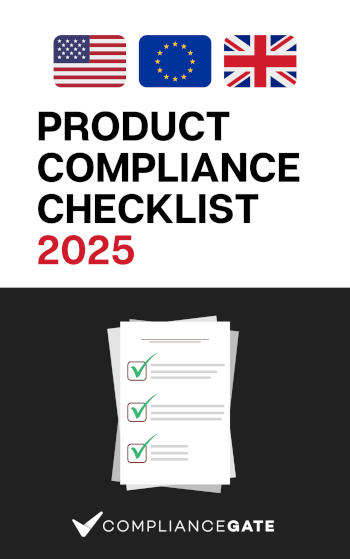




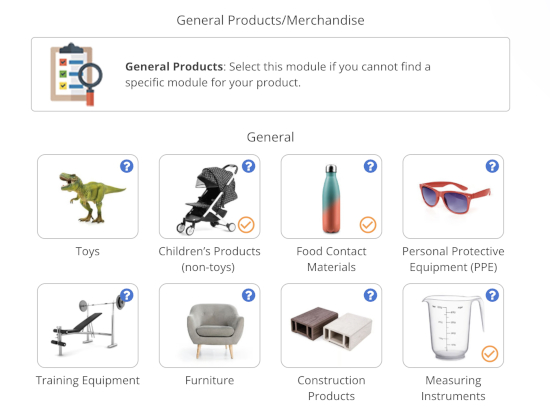








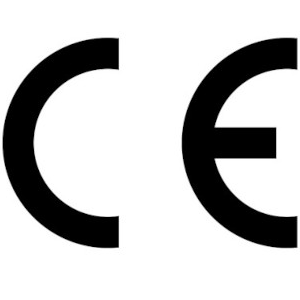




.png)
.png)
.png)
